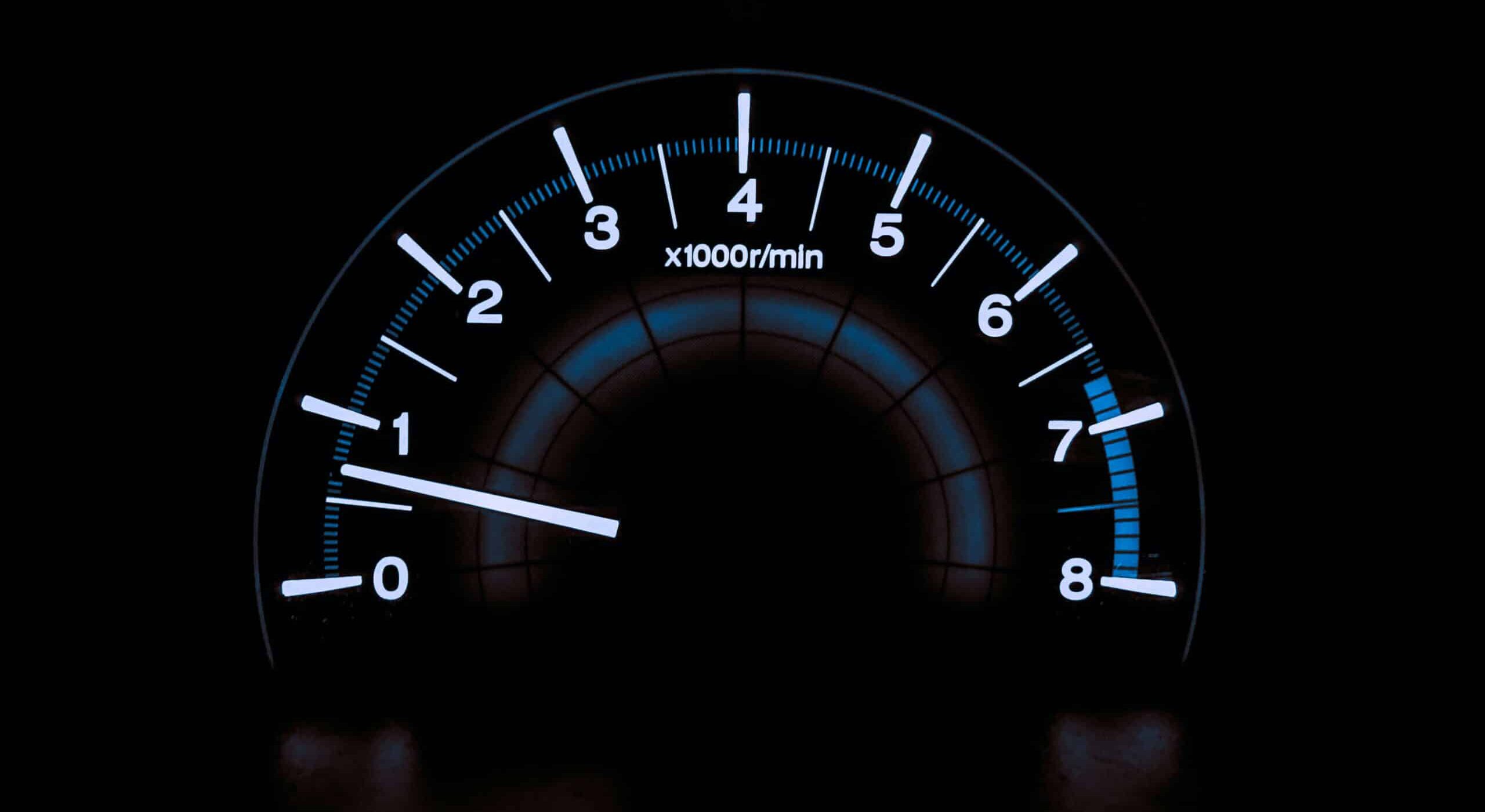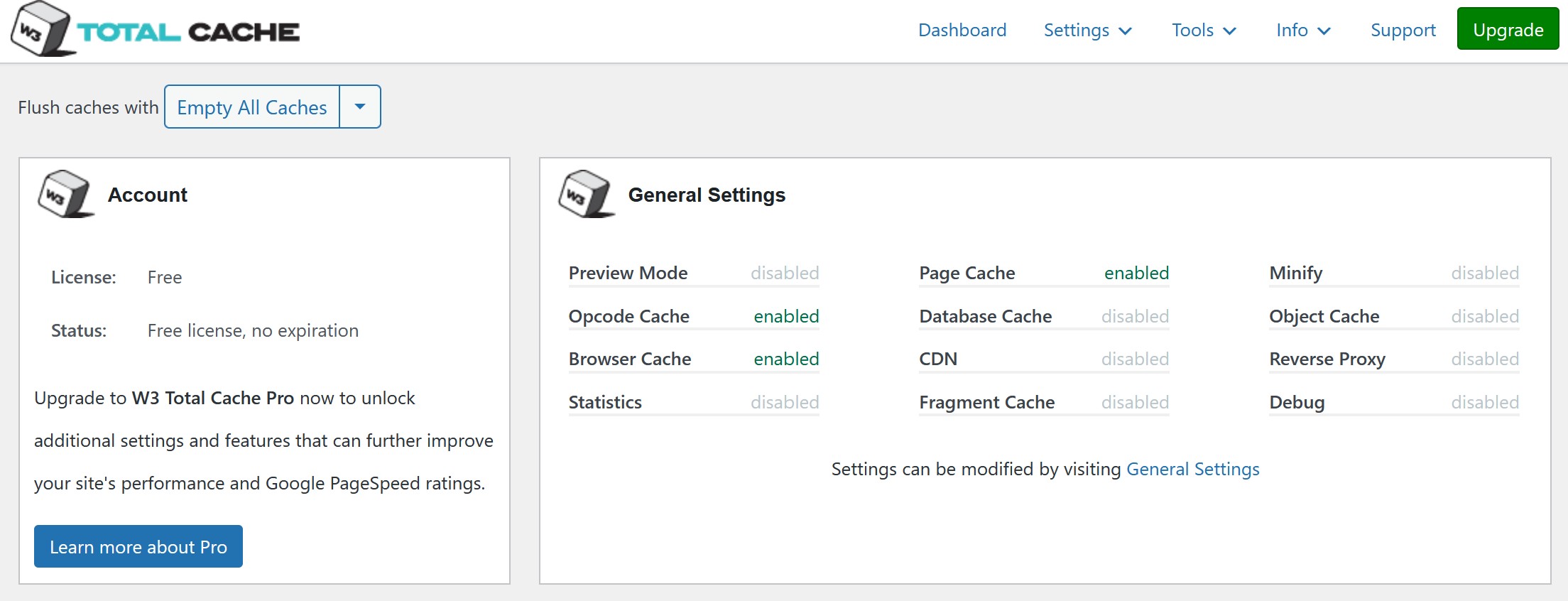When it comes to your website’s User Experience (UX), every second counts. The amount of time it takes for your pages to load could make or break your success. Users have millions of websites to choose from so if they don’t find yours satisfactory, they can easily go to the next. Let’s look at why page loading speed is so important and how it can affect your bottom line.
Table of Contents
What is page loading time?
How does page loading time affect your business?
How fast is fast enough?
What is page loading time?
Page loading time is the time it takes to download and view the entire contents of a page. It starts from the moment a user makes a request to your web server and ends when the page is fully rendered in their browser. Page loading time is a key performance metric that can affect your customer’s experience and retention rate on your website.
Measuring your page loading time is easy. All you need is a tool such as Google Page Insights. There’s no need for you to do any heavy lifting, the tool will work its magic once you type in your URL and tell you how fast your page loads.
How does page loading time affect your business?
A slow website can frustrate your users. If they find that your page is taking too long to load, they’ll likely leave. In 2006, tech giant Amazon found that for every 100ms added to their page load time, they could lose $107 million a year. Neil Patel puts these statistics into perspective demonstrating that if your page speed went from 1 second to 3 seconds, you could face a 32% increase in bounce rate. And that number could climb up to 90% of your page took 5 seconds to load or over 100% if it took 6 seconds.

And if you’re still not convinced that page speed is vital, here’s another way it can affect your business: Search Engine Optimisation (SEO). Google has been pushing webmasters to focus on Core Web Vitals and rewarding them with higher search rankings if their metrics are up to par.
Google also takes their users into high regard. They want to recommend websites in their search results that have good UX. So if decreasing your page loading time will result in better UX, then it’s a safe bet that Google will want to improve your rankings.
How fast is fast enough?
Time is money. If you’re not investing correctly, you can lose out big time. Research shows that 70% of your consumers could be unwilling to buy from your website if they find your page loading time is too slow. So what is considered slow? Google’s consumer insights show that users will leave a mobile site that takes longer than 3 seconds to load.
There are a few things that can impact your page’s performance including the device your user is accessing your website from and their internet speed. But, it’s important to make sure that you do everything you can to make their experience better. Focus on their needs and you’ll end up with a website that is desirable for your users, and a conversion rate that is desirable for your business’s success.
How to Improve Loading Time for a Website
Improving the loading time of a website refers to the process of optimizing the various elements of a web page so that it loads faster when a user visits it. Faster loading times enhance user experience, improve search engine rankings, and can lead to higher conversion rates.
Optimize all Images on your website
Large image files can significantly slow down a website. Optimizing images involves reducing their file size without compromising quality.
Example: Use tools like Photoshop, TinyPNG, or ImageOptim (if you using a Mac) to compress images before uploading them to your website. Convert images to modern formats like WebP, which offer better compression.

Enable Browser Caching
Browser caching stores static files like HTML, CSS, and JavaScript locally on a user’s device, so they don’t need to be re-downloaded on subsequent visits.
Example: Adjust your web server settings to set expiry headers for static resources. This tells browsers how long they should cache these files. You can add the following code to your .htaccess file:
Minify CSS, JavaScript, and HTML
Minifying involves removing unnecessary characters (like spaces, commas, and comments) from code to reduce file size.
Example: Use tools like UglifyJS for JavaScript, CSSNano for CSS, and HTMLMinifier for HTML to minify your code. You can also use plugins if you’re using a CMS like WordPress, such as Autoptimize or W3 Total Cache.

Use Content Delivery Networks (CDNs)
CDNs store copies of your website’s static files across multiple servers around the world, delivering content to users from the server closest to them.
Example: Implement a CDN like Cloudflare, Akamai, or Amazon CloudFront to distribute your content. This reduces latency and speeds up loading times for global users.

Enable Gzip Compression
Gzip compresses files before sending them over the network, reducing the amount of data that needs to be transferred.
Example: Enable Gzip compression on your server by adding the following code to your .htaccess file for Apache servers:
Reduce HTTP Requests
Each element on a web page (images, scripts, stylesheets) requires a separate HTTP request. Reducing these requests speeds up loading times.
Example: Combine multiple CSS files into one, reduce the number of JavaScript files, and use CSS sprites to combine multiple images into one.
Optimize Server Response Time
Improving server performance can reduce the time it takes to start loading the webpage.
Example: Choose a reliable hosting provider, use server-side caching, and optimize your database by cleaning up unnecessary data and optimizing queries.

Implement Lazy Loading
Lazy loading delays the loading of images and videos until they are needed (i.e., when they appear in the viewport).
Example: Use JavaScript libraries like LazyLoad or native lazy loading in HTML by adding the loading=”lazy” attribute to your image and iframe tags.
By implementing these strategies, you can significantly improve your website’s loading time, leading to a better user experience and improved SEO performance.
Key Takeaways:
- Page loading time directly impacts user experience and business revenue.
- Even a 100ms delay in load time can result in significant financial losses, as shown by Amazon.
- A slow-loading website increases bounce rates and reduces customer retention.
- Page speed is a ranking factor in Google’s search algorithm, affecting SEO performance.
- Users expect mobile sites to load in under 3 seconds; delays can drive them away.
FAQs:
What is page loading time?
Page loading time is the duration it takes for a web page to fully display its content in a user’s browser after a request is made.
Why does page speed matter for my business?
Slow page speeds frustrate users, increase bounce rates, and can lead to lost revenue. Faster sites improve user satisfaction and conversion rates.
How does page speed affect SEO?
Google uses page speed as a ranking factor. Faster websites are more likely to rank higher in search results, improving visibility and traffic.
What is considered a good page loading time?
Ideally, your website should load in under 3 seconds, especially on mobile devices. Longer load times significantly increase the chance of users leaving.
How can I check my website’s loading speed?
You can use tools like Google PageSpeed Insights to analyze your site’s performance and get recommendations for improvement.
Conclusion
Page loading time isn’t just a technical metric—it’s a critical factor that can determine the success or failure of your online presence. As Amazon discovered, every millisecond counts when it comes to user retention and revenue. A slow-loading website not only frustrates users but also jeopardizes your search engine rankings and overall business performance.
By prioritizing page speed optimization through techniques like image compression, browser caching, and minimizing HTTP requests, you not only enhance user experience but also improve your chances of higher conversion rates and better SEO rankings.




